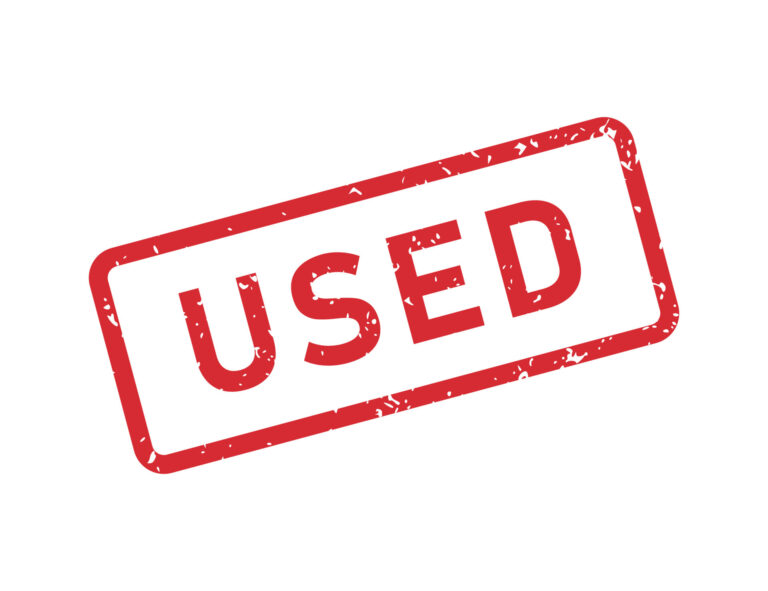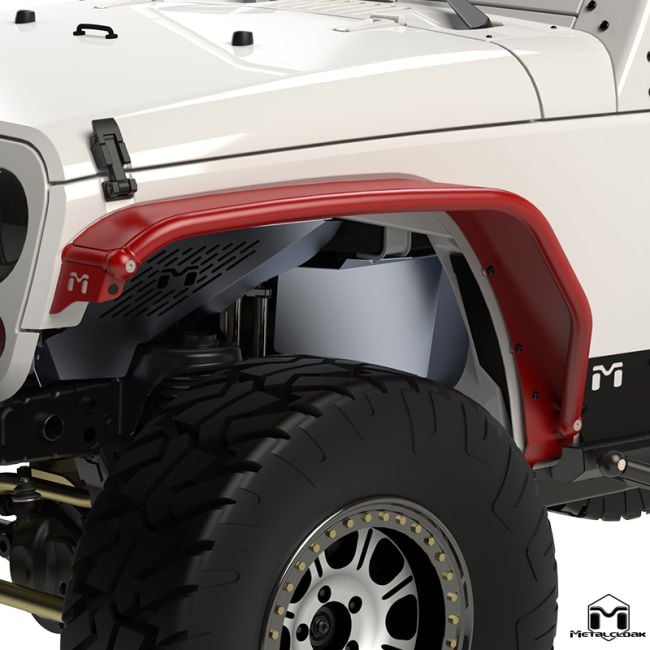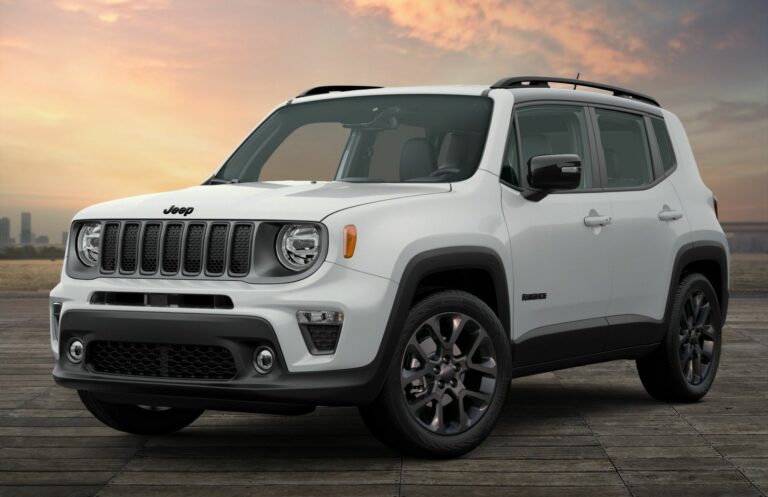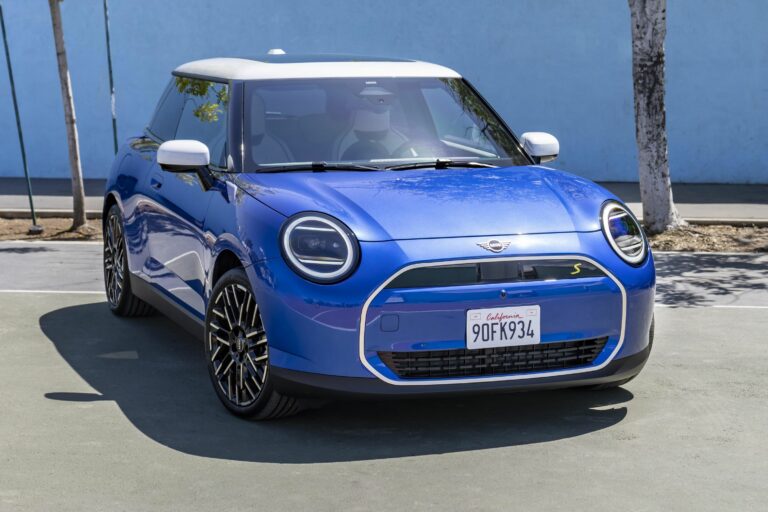Jeep WWII For Sale: Owning a Piece of Automotive History
Jeep WWII For Sale: Owning a Piece of Automotive History jeeps.truckstrend.com
In the annals of automotive history, few vehicles command as much reverence and fascination as the humble yet indomitable Jeep of World War II. More than just a mode of transport, the Willys MB and Ford GPW, affectionately known worldwide as the "Jeep," was a symbol of Allied ingenuity, resilience, and adaptability. It traversed battlefields, delivered vital supplies, transported leaders, and became an indispensable tool that helped turn the tide of the war. Today, for enthusiasts, collectors, and history buffs, the prospect of finding a "Jeep WWII For Sale" is not merely about acquiring a vehicle; it’s about preserving a tangible piece of global history, a rolling monument to the bravery and determination of a generation.
The journey to acquiring one of these iconic machines is a blend of passion, research, and practical considerations. Whether you dream of a meticulously restored museum piece, a rugged driver, or a challenging project, understanding the nuances of the market, the types of vehicles available, and the commitments involved is paramount. This comprehensive guide will navigate you through everything you need to know about finding and owning a WWII Jeep.
Jeep WWII For Sale: Owning a Piece of Automotive History
The Enduring Legacy: Why a WWII Jeep?
The story of the WWII Jeep begins in 1940, when the U.S. Army sought a lightweight, reconnaissance vehicle capable of traversing all terrains. Willys-Overland Motors, American Bantam Car Company, and Ford Motor Company submitted prototypes, leading to the standardized Willys MB and Ford GPW. These vehicles, virtually identical due to interchangeable parts specifications, became the backbone of Allied ground operations. General Dwight D. Eisenhower famously declared it one of "the three decisive weapons the U.S. had in WWII" alongside the bazooka and the C-47 aircraft.
Decades later, the allure of the WWII Jeep persists. For many, it’s a nostalgic connection to family members who served, a desire to own a piece of military heritage, or an appreciation for its rugged, no-nonsense engineering. These vehicles offer a unique driving experience, a direct link to the past, and a conversation starter like no other. Furthermore, well-preserved or expertly restored examples can be sound investments, appreciating in value as their historical significance and rarity grow. The decision to seek a "Jeep WWII For Sale" is often driven by a deep respect for its role in shaping the modern world.
Understanding the Market: Types and Conditions of WWII Jeeps For Sale
The market for WWII Jeeps is diverse, reflecting the various states of preservation and restoration these historic vehicles can be found in. Knowing what you’re looking for, and what your budget allows, is crucial before diving into the hunt for a "Jeep WWII For Sale."
- Original/Unrestored ("Barn Finds"): These are vehicles found in their as-is condition, often with significant patina, original paint remnants, and sometimes even the scars of war. While they might require extensive mechanical work, purists highly value their untouched originality. They offer a unique opportunity to preserve history rather than restore it. Prices can vary wildly depending on the extent of deterioration.
- Driver Quality/Partially Restored: These Jeeps are typically functional and roadworthy, though they may not be historically accurate in every detail. They might have been repainted, had engines replaced, or feature some non-original parts. They are excellent for those who want to experience driving a WWII Jeep without the immense cost or time commitment of a full restoration. They are often a good starting point for further improvements.
- Restored (Show/Museum Quality): These vehicles have undergone meticulous, often frame-off restorations to bring them back to their original factory or period-correct military specifications. Every detail, from the correct nuts and bolts to the proper stencils and markings, is painstakingly researched and applied. These are the most expensive examples, often commanding prices well into six figures, and are typically sought after by serious collectors or museums.
- Project Vehicles: At the lower end of the price spectrum, these Jeeps are often incomplete, non-running, or in very poor condition. They represent a significant undertaking, requiring extensive bodywork, mechanical overhauls, and sourcing of numerous parts. While the initial "Jeep WWII For Sale" price might be attractive, the total cost of restoration can easily exceed the value of a finished vehicle if not managed carefully. They are ideal for experienced restorers or those with a long-term vision and budget.
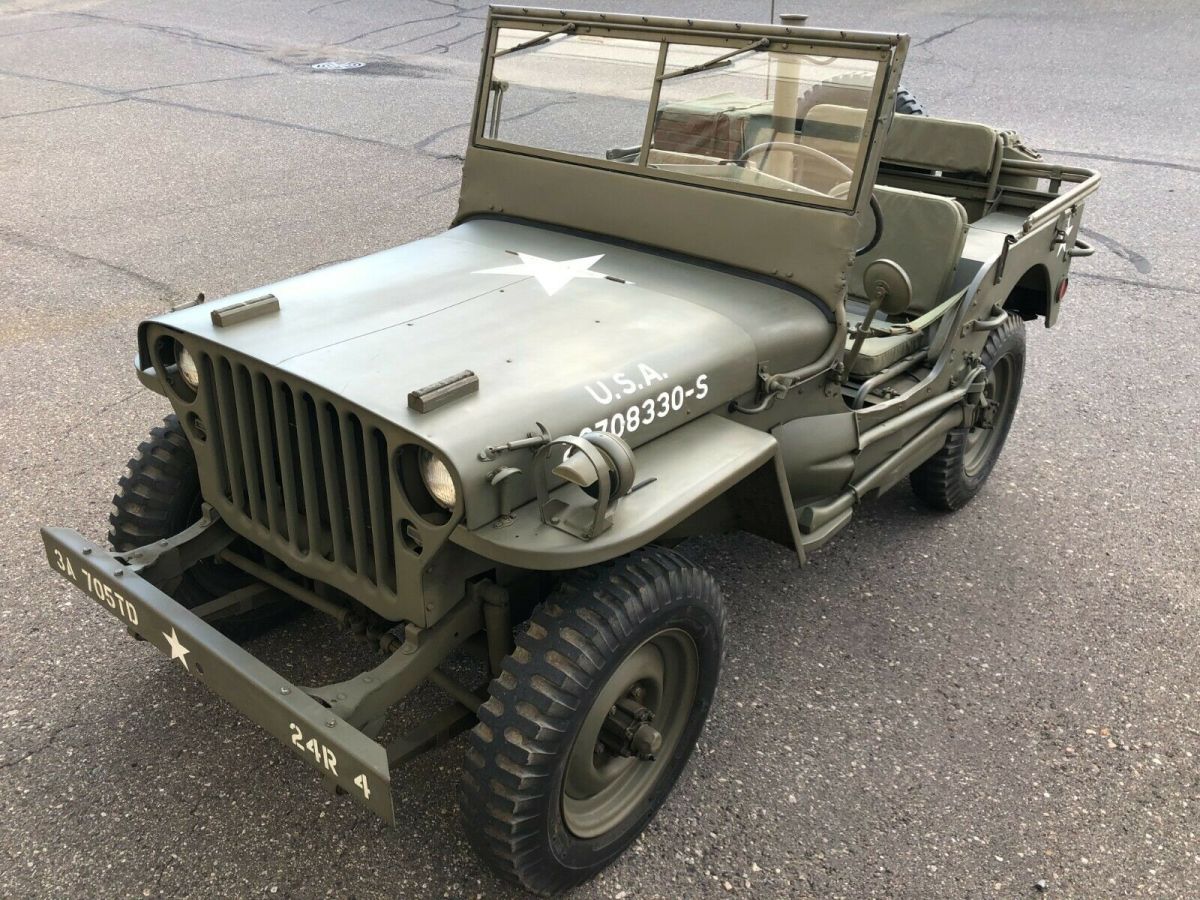
When evaluating any "Jeep WWII For Sale," it’s vital to assess the originality of key components: the frame, engine block, transmission, axles, and body tub. Matching serial numbers (where applicable) and period-correct parts significantly influence value and authenticity.
The Hunt Begins: Where to Find a WWII Jeep For Sale
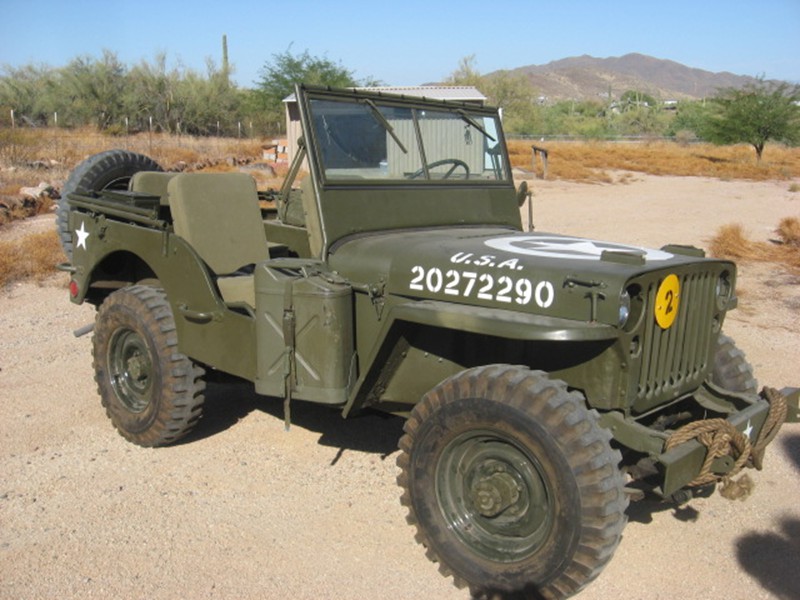
Finding the right WWII Jeep requires patience and knowing where to look. The internet has revolutionized the search, but traditional methods remain valuable.
- Online Marketplaces & Classifieds: Websites like eBay, Hemmings, ClassicCars.com, and specific military vehicle classified sites (e.g., G503.com forums) are excellent starting points. They offer a wide range of conditions and prices and allow for broad geographic searches.
- Specialized Dealerships: A growing number of classic car dealers specialize in vintage military vehicles. These dealers often have a curated inventory, perform some level of reconditioning, and can offer expertise, albeit usually at a higher price point.
- Auction Houses: Major automotive auction houses (e.g., Mecum, RM Sotheby’s, Barrett-Jackson) occasionally feature high-end, perfectly restored WWII Jeeps. Local estate or farm auctions can sometimes yield unrestored "barn finds."
- Military Vehicle Shows & Rallies: Events like the MVPA (Military Vehicle Preservation Association) Conventions, local MVPA chapter rallies, or historical re-enactment events are fantastic places to see Jeeps in person, network with owners, and sometimes find vehicles for sale by word-of-mouth.
- Forums and Clubs: Joining online forums (like G503.com) or local military vehicle clubs provides access to a community of knowledgeable enthusiasts who often know of Jeeps coming up for sale before they hit the broader market.

Navigating the Purchase: Important Considerations and Practical Advice
Once you’ve spotted a potential "Jeep WWII For Sale," a thorough and cautious approach is essential.
- Budgeting Beyond the Purchase Price: Remember that the sale price is just the beginning. Factor in transportation costs, potential restoration expenses, ongoing maintenance, insurance, and storage. A "cheap" project Jeep can quickly become very expensive.
- Authenticity Verification: This is paramount. Learn the key identification points:
- Frame Number: Stamped on the passenger side front frame rail (usually near the engine mount).
- Data Plates: Riveted to the dashboard, containing serial numbers, delivery date, and model information. Be wary of missing, reproduction, or altered plates.
- Engine Number: On the engine block. While engines were often swapped during service, a matching or period-correct engine adds significant value.
- Ford GPW Markings: Ford parts were often stamped with an "F" script.
Consider hiring an independent expert specializing in WWII Jeeps for a pre-purchase inspection (PPI). Their knowledge can save you from costly mistakes or identify hidden issues.
- Condition Assessment: Inspect for rust, especially in the frame rails, body tub (floor, hat channels), and fenders. Check the mechanical components: engine (look for leaks, signs of major repair), transmission (shifting, noise), axles (leaks, play in U-joints), and steering. Test the electrical system. Are the tires period-correct or safe for road use?
- Paperwork and Legality: Ensure the seller has a clear title or appropriate ownership documentation. Understand your local vehicle registration laws. Some states have specific rules for antique or military vehicles. If importing, research customs and import duties.
- Transportation: These vehicles are not designed for high-speed highway travel. Plan how you will transport the Jeep, especially if it’s a non-runner. Professional enclosed transport is recommended for restored vehicles.
Restoration or Preservation: What’s Your Plan?
After acquiring your "Jeep WWII For Sale," the next decision is how to proceed.
- Full Restoration: This is a comprehensive process, often involving disassembling the entire vehicle, repairing or replacing every component, and applying historically accurate finishes. It requires significant investment in time, money, and sourcing authentic parts. Websites like G503.com, military vehicle parts suppliers (e.g., Ron Fitzpatrick Jeep Parts, Midwest Military), and specialized restoration shops are invaluable resources.
- Preservation (Patina): For original, unrestored Jeeps, the goal is often to stabilize the existing condition, preventing further rust or deterioration, while maintaining its "as-found" appearance. This approach celebrates the vehicle’s history and battle scars.
- Partial Restoration/Driver: This involves getting the Jeep mechanically sound and safe for driving, addressing critical rust, and perhaps a simple repaint, without striving for museum-level accuracy. It offers a balance between usability and historical appeal.
Regardless of your path, acquiring original Technical Manuals (TMs) and parts catalogs is essential for understanding the Jeep’s design and repair procedures. Connecting with the military vehicle community will provide invaluable advice and support.
Owning a Legend: Life with a WWII Jeep
Owning a WWII Jeep is a unique experience, distinct from modern vehicle ownership.
- Maintenance: While mechanically simple, these vehicles require regular attention. They are not as forgiving as modern cars and demand basic mechanical understanding. Parts are generally available, but some specialized components can be hard to find.
- Driving Experience: Expect a raw, visceral drive. No power steering, no power brakes, and a top speed typically around 45-50 mph. They are rugged, bouncy, and noisy. Driving a WWII Jeep is about the experience, not comfort or speed.
- Community and Shows: A vibrant community of WWII Jeep owners exists globally. Joining clubs and attending shows or re-enactments offers opportunities to share experiences, learn from others, and proudly display your piece of history.
- Insurance and Storage: Obtain specialized classic car insurance, which typically offers agreed-value policies. Store your Jeep in a dry, secure location, preferably indoors, to protect it from the elements and maintain its condition.
WWII Jeep For Sale: Estimated Price Guide
Prices for WWII Jeeps vary significantly based on condition, originality, and the specific model (Willys MB vs. Ford GPW, early vs. late production). This table provides a general estimation and should be used as a guideline only.
| Condition Category | Description | Estimated Price Range (USD) | Key Factors Affecting Price |
|---|---|---|---|
| Project Vehicle | Non-running, incomplete, significant rust, missing major components. Requires full restoration. | $5,000 – $15,000 | Extent of rust, presence of original frame/engine/drivetrain, completeness of body, availability of title. |
| Driver Quality / Runner | Runs and drives, roadworthy, may have some non-original parts, visible wear and tear, minor rust, functional but not show quality. | $18,000 – $35,000 | Mechanical condition (engine, transmission, brakes), frame integrity, completeness of original parts, general appearance, reliability for regular use. |
| Partially Restored | Functional, solid chassis, some restoration work done (e.g., new paint, rebuilt engine), but not fully historically accurate or perfect. | $35,000 – $55,000 | Quality of restoration work completed, historical accuracy of parts used, overall mechanical and cosmetic condition, potential for further improvement without major overhaul. |
| Fully Restored / Show | Meticulously restored to high standards, highly accurate to original specifications, excellent mechanical and cosmetic condition. | $55,000 – $85,000 | Quality of restoration (attention to detail, correct parts, period accuracy), originality of major components (matching numbers), show readiness, provenance (e.g., military history, restoration documentation). |
| Museum / Concourse | Flawless, historically perfect restoration, often with verifiable military history or unique provenance. Investment-grade quality. | $85,000 – $150,000+ | Uncompromising historical accuracy, frame-off restoration quality, rare features, documented history (e.g., veteran ownership, specific unit assignment), awards won at prestigious shows. |
Note: These are estimates as of early 2024. Prices can fluctuate based on market demand, economic conditions, specific vehicle history, and location. Always factor in inspection, transport, and potential immediate repair costs.
Frequently Asked Questions (FAQ) about Jeep WWII For Sale
Q1: What’s the difference between a Willys MB and a Ford GPW?
A1: Both were produced to the same U.S. Army specifications and are nearly identical in appearance and function. The primary difference lies in their manufacturers (Willys-Overland Motors and Ford Motor Company). Ford parts often have a small "F" script stamped on them, and their serial number locations differ slightly.
Q2: Are WWII Jeeps street legal?
A2: Generally, yes, but it varies by state or country. Most can be registered as antique or historical vehicles. However, they lack modern safety features (seatbelts, airbags, turn signals, modern lighting) so some modifications might be required for full legality or safety in certain jurisdictions. Always check local regulations.
Q3: How hard are parts to find for a WWII Jeep?
A3: Surprisingly, parts availability is generally very good. Many reproduction parts are manufactured, and original NOS (New Old Stock) or used original parts are still available through specialized suppliers, online forums, and swap meets. The sheer volume produced during the war ensured a lasting supply chain.
Q4: Can I daily drive a WWII Jeep?
A4: While technically possible, it’s not recommended. WWII Jeeps are slow, lack comfort, and offer minimal safety compared to modern vehicles. They are best suited for recreational use, shows, parades, or off-road adventures, not daily commuting.
Q5: What are common pitfalls to avoid when buying a WWII Jeep?
A5: The biggest pitfalls are buying a vehicle with severe hidden rust (especially in the frame or body tub), a non-original or poorly documented chassis, or a vehicle without a clear title. Always perform a thorough inspection, ideally by a specialist, and verify all documentation. Be wary of "put-together" Jeeps made from various incomplete vehicles.
Q6: Do WWII Jeeps appreciate in value?
A6: Well-preserved, original, or expertly restored WWII Jeeps have shown consistent appreciation in value over the years, especially the higher-quality examples. Project vehicles or poorly maintained examples may not appreciate as much, and restoration costs can often exceed the market value if not carefully managed.
Conclusion
The pursuit of a "Jeep WWII For Sale" is more than a simple transaction; it’s an investment in history, a commitment to preservation, and an entry into a passionate community. These iconic vehicles stand as a testament to a pivotal moment in human history, embodying resilience, versatility, and the spirit of an era. Whether you’re drawn to their rugged utility, their unique driving characteristics, or their profound historical significance, owning a WWII Jeep offers an unparalleled connection to the past. It’s a journey that promises challenges and rewards, culminating in the profound satisfaction of preserving a true automotive legend for generations to come.


